Development Phase
Established Severe Phase
Water Salinity Level
High to Very High salinity
Key Comments
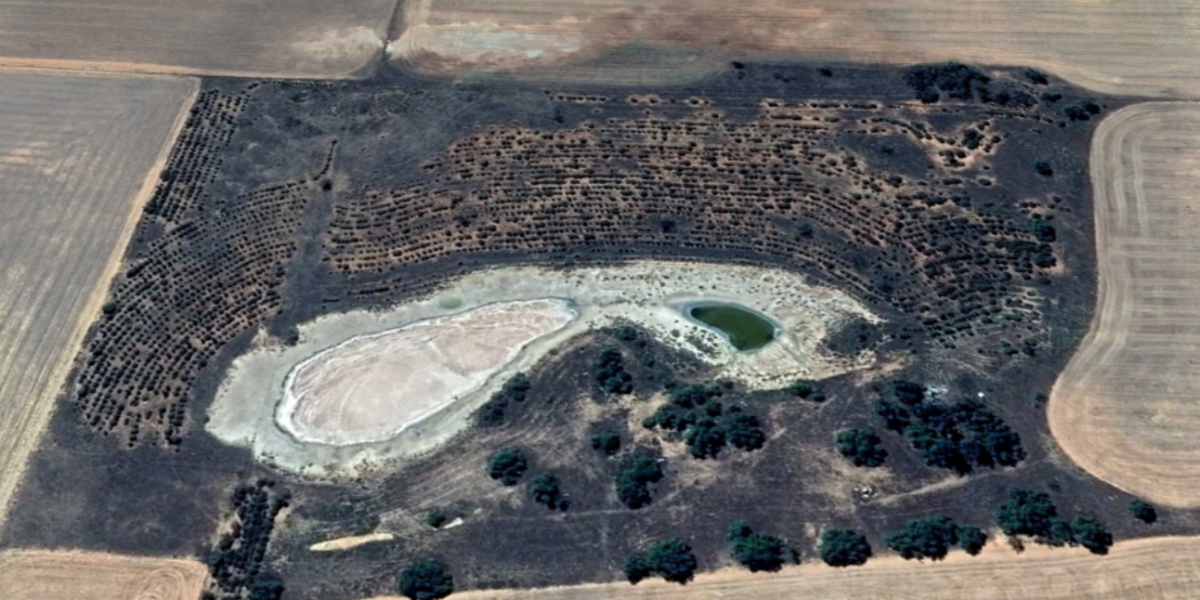
Discharge Zone Management

Puccinellia establishment within these scalds is very difficult and of limited value due the high amount of salt through the surface layers. However, sowing puccinellia and tall wheat grass around the less saline edge areas can limit the surface scalding and help stop its spread.
It can be useful to roughen or ridge the surface and only seed these grasses after high rainfall events mid-season, as this will give more chance for some of the salts to leach down and the seeds to find a suitable niche to grow and then thicken up over time. Dividing and hand planting puccinellia plants from other areas can assist initial establishment at these more saline sites.
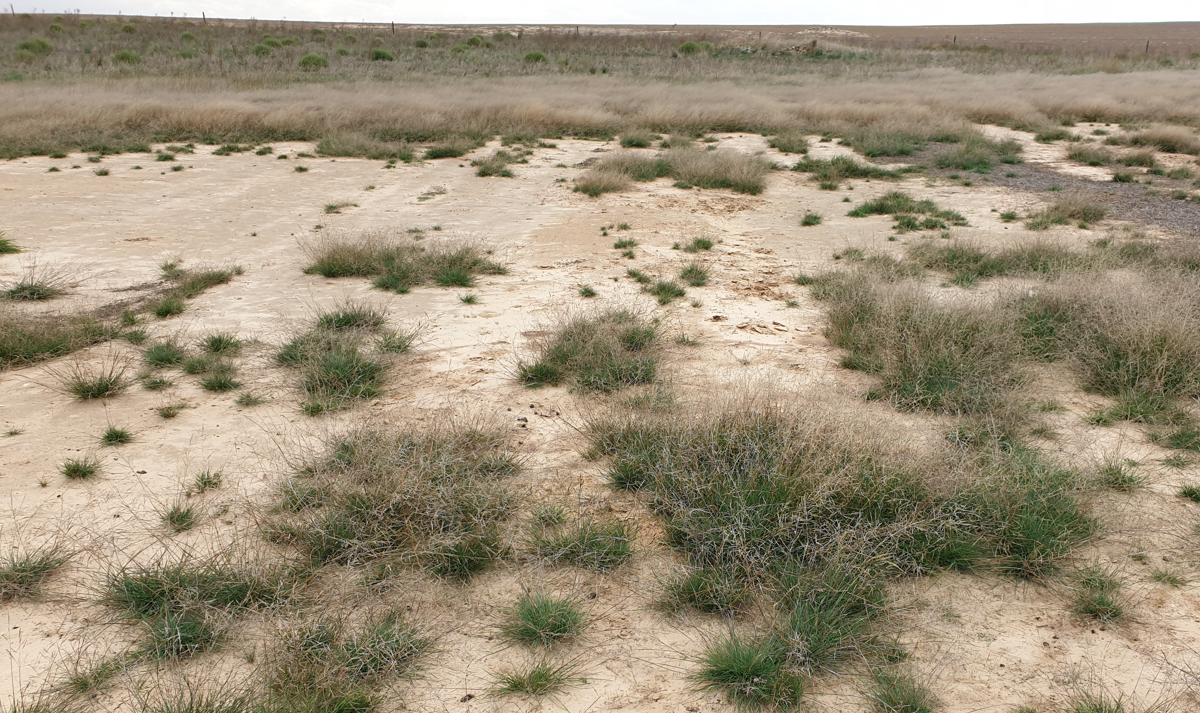

Interception Zone Management

Sow lucerne in a targeted strip of about 20-30m wide at least 20-30m up the sandy rise, where the lucerne roots can access and intercept water of lower salinity before it reaches the discharge zone. Maintaining this lucerne strip long term will be vital, even if cropped through the growing season. (NB. the positioning, success and value of any lucerne plantation may be situation specific, and some professional advice is recommended in these situations).
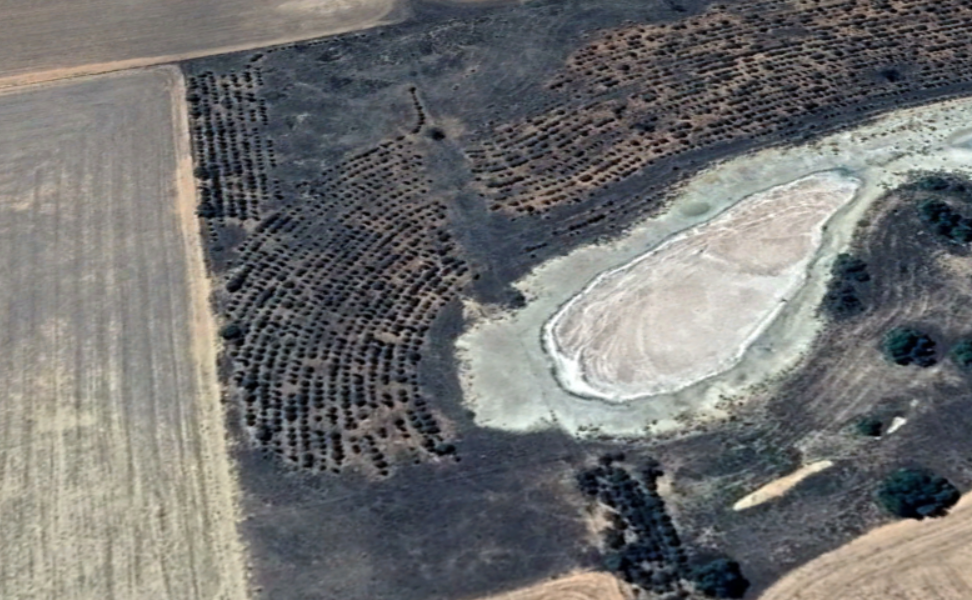
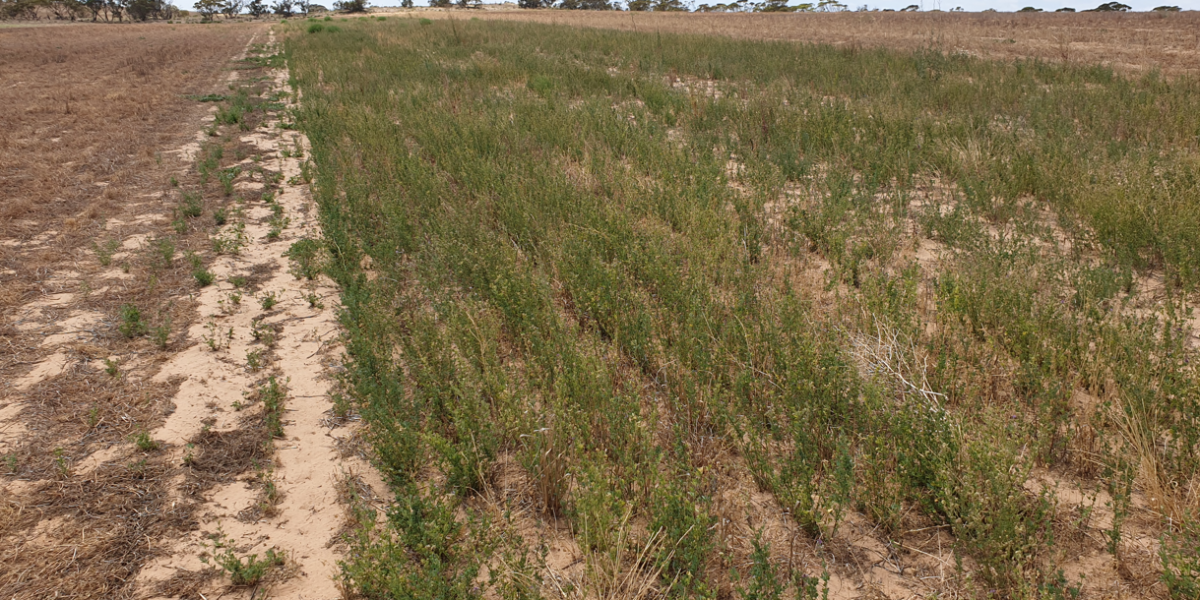
Recharge Zone Management

Any deep sand amelioration with ripping, spading, delving, claying and the mixing in of manures or other organic matter etc, resulting in higher water retention and plant water utilisation will have a positive impact on reducing recharge, but will not have as dramatic affect as the water interception achieved with deep rooted perennials.
If it works for your farming system and paddock and you get a season with favorable conditions, then establishing lucerne over a larger portion of the recharge zone will significantly increase the rate at which the perched water table dries up and ceases to be affected by high rainfall periods and events.
